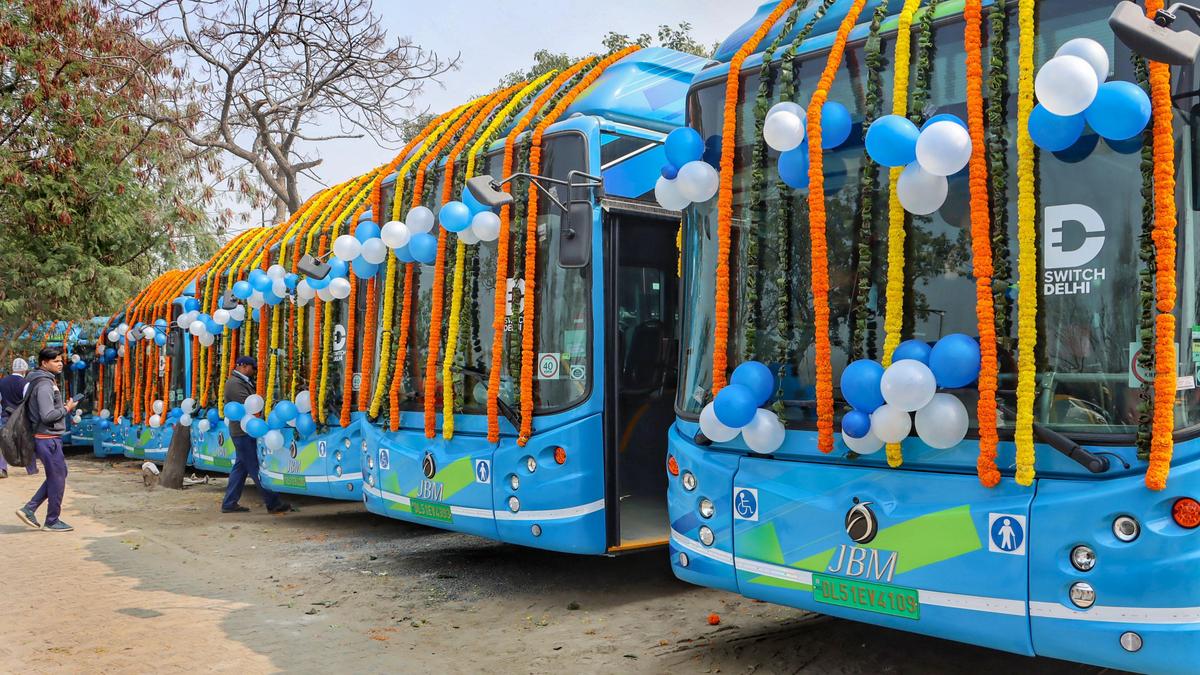With the deadline approaching for the ongoing Social and Educational Survey, the progress report for the Greater Bengaluru Authority (GBA) area will also include the households that have not been surveyed, sources said.
After the survey resumed on Thursday (October 23) without the involvement of teachers, the completion percentage, which had been hovering around 41% until that date, jumped to over 64% by Sunday (October 26), just four days later.
The increase, however, reflects the inclusion of households that were closed, vacant, or had refused to participate. Corporations like Bengaluru Central that had previously recorded the lowest field completion are now reporting the highest progress, as many of the households that had refused the survey fall within their areas.
“By including all households that were visited, whether surveyed or not, officials aim to obtain a comprehensive understanding of participation patterns and the actual number of households in each area. Even if the survey could not be completed at some households, including them helps us estimate coverage and plan follow-up efforts effectively,” said an official.
“Moreover, including all households in the new report also helps capture the genuine efforts of enumerators working on the ground. Convincing a household to participate in the survey can take up to an hour or more. In the same span, several households — sometimes as many as five or six, may refuse to participate. By recording both completed and refused households, officials can ensure that enumerators are genuinely making the effort to engage with residents, rather than simply marking houses as uncooperative without attempting the survey,” the official added.
Officials noted that after the survey resumed without teachers, who formed the majority of enumerators, technical issues also added to the operational challenges as enumerators were re-allocated to different corporations, and the data-collection app experienced glitches as staff remained linked to their original wards, slowing down reporting.
As a result, in the last four days, only 59,583 households were surveyed across all five corporations. At the same time, over 5.79 lakh households were recorded as closed, refused, or unsurveyable.
Speaking to The Hindu, a senior GBA official explained that the survey has been classified into three main categories — completed, refused, and unsurveyable. Completed households are those where the survey was fully conducted. Refused households are those that actively declined to participate, with family members required to document their refusal with signatures. Unsurveyable households include households that could not be surveyed for one of nine officially given reasons listed by the government.
Several unsurveyable cases are tied to the Unique Household Identification (UHID) system. For example, a household may already have a UHID from an earlier survey, or a commercial property may have multiple UHIDs, preventing repeated surveys at the same location. Other reasons for being unsurveyable include houses that are locked, vacant, migrated families, commercial premises, borewell UHID conflicts, or participation in surveys conducted in other districts, taluks, or villages. By including these households administratively, officials can at least account for all addresses and estimate participation levels accurately, even if survey data is not fully collected at each household, the senior official added.

 1 week ago
9
1 week ago
9









 English (US) ·
English (US) ·